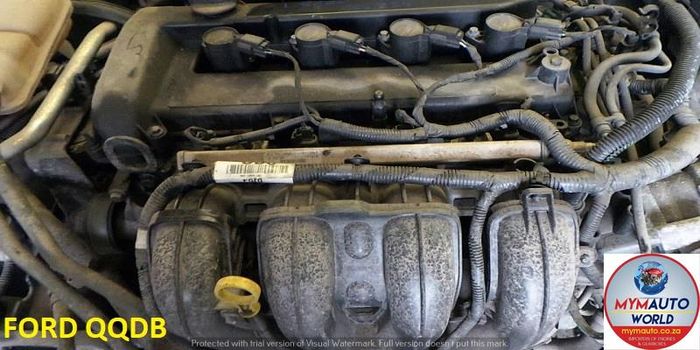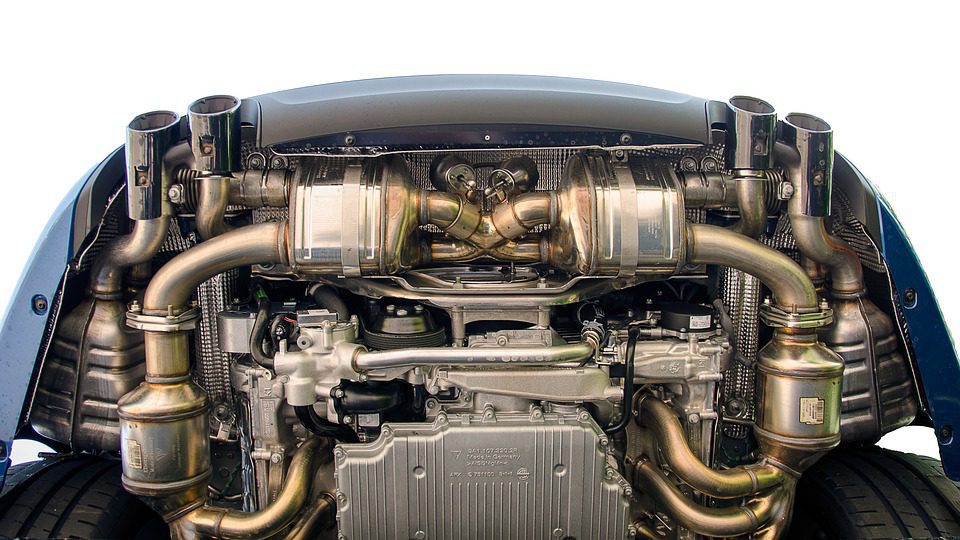Opel Corsa Engine: Performance and Integrity for Your Lorry
Opel Corsa Engine: Performance and Integrity for Your Lorry
Blog Article
Exploring the Inner Functions of a Compact Lorry's Engine System
As drivers, we usually take for given the intricate processes that occur within the confines of our automobile's engine system. The small yet complicated machinery that propels us forward is a marvel of design precision and coordination. From the controlled explosions in the burning chamber to the meticulous timing of gas injection, every element plays an essential role in the smooth operation of the engine. In this expedition of a portable car's engine system, we will untangle the internal workings of this mechanical symphony, clarifying the mysteries that drive us ahead on our day-to-day journeys.
Combustion Process Overview
The burning process in a small lorry's engine system is an important device that efficiently transforms fuel right into power to power the automobile. This process happens within the burning chamber of the engine, where gas and air mix, fire up, and generate regulated surges. The burning procedure contains 4 main phases: intake, power, exhaust, and compression.
During the intake phase, the piston relocates downward, pulling in a combination of air and fuel right into the burning chamber. The next phase, compression, involves the piston moving upward, pressing the air-fuel blend to boost its potency. Ultimately, in the power phase, the spark plug ignites the compressed mixture, resulting in a rapid development of gases that forces the piston back down. This descending movement generates the power required to drive the vehicle. In the exhaust stage, the burned gases are eliminated from the combustion chamber through the exhaust shutoff, preparing the chamber for the following cycle. This cyclic burning procedure is essential to the procedure of a compact lorry's engine system, making sure efficient power conversion for propulsion.
Piston and Cyndrical Tube Interaction

The piston's accurate fit within the cylinder is vital for maintaining ideal compression and avoiding energy loss throughout burning. Tight clearances in between the piston and cyndrical tube wall surfaces make certain reliable sealing, enabling the piston to relocate efficiently without enabling gases to leakage past. Proper lubrication is likewise essential to reduce rubbing and use in between these parts, boosting longevity and performance.
Additionally, the layout and products utilized in making the piston and cylinder influence engine effectiveness and durability. Modern engines often employ lightweight yet sturdy products like aluminum alloys for pistons and cyndrical tube linings to minimize inertia and improve thermal efficiency. In general, the click here for info harmonious interaction between the piston and cylinder is basic to the engine's functionality and total efficiency.
Gas Injection System Capability
Gas shot systems in portable lorry engines play an essential role in exactly delivering fuel to the burning chamber for controlled and efficient ignition. The gas shot system functions by injecting gas right into the burning chamber at the ideal minute during the engine's operation (opel corsa engine). This accurate timing ensures that the gas blends evenly with the air for proper combustion, resulting in enhanced fuel performance and decreased emissions
There are mostly 2 kinds of fuel shot systems used in portable vehicle engines: port fuel shot (PFI) and straight fuel injection (DFI) PFI systems infuse fuel right into the consumption port prior to the consumption shutoff, while DFI systems inject gas directly right into the burning chamber. Both systems have their advantages, with DFI offering far better fuel atomization and PFI offering a more cost-effective remedy.
Comprehending Engine Cooling Devices
Effective operation of a small lorry's engine relies heavily on the efficiency of its cooling devices. The cooling system in a compact lorry commonly is composed of a number of elements working together to regulate the engine temperature level. Recognizing these engine cooling systems is essential for keeping the efficiency and long life of a portable vehicle's engine system.

Exhaust System Components Explained
The optimum more helpful hints functioning of a compact automobile's engine air conditioning systems depends on a corresponding system referred to as the exhaust system, which consists of various vital parts for making sure reliable discharges and engine performance. The exhaust system consists of components such as the exhaust manifold, catalytic converter, muffler, and tailpipe. The exhaust manifold accumulates exhaust gases from the engine's cylinders and routes them to the catalytic converter. The catalytic converter then converts dangerous toxins in the exhaust into less dangerous discharges prior to releasing them with the muffler and tailpipe.
One crucial component of the exhaust system is the oxygen sensor, which keeps an eye on the oxygen levels in the exhaust gases to help control fuel consumption and guarantee optimal engine efficiency. opel corsa engine. Furthermore, the resonator might be present in some exhaust systems to minimize noise degrees. Overall, the exhaust system plays an important role in preserving engine effectiveness, reducing dangerous discharges, and making sure a quieter driving experience for small lorry owners

Final Thought
In final thought, the small automobile's engine system is an intricate mix of components that collaborate to help with the combustion process, convert gas into power, and get rid of waste gases. Recognizing the inner workings of the engine system, including navigate to this site the piston and cyndrical tube communication, fuel shot system, engine cooling systems, and exhaust system components, is essential for maintaining optimum performance and performance of the vehicle.
The combustion process in a small car's engine system is a critical mechanism that effectively transforms fuel into energy to power the car.Fuel injection systems in compact vehicle engines play an essential function in specifically delivering gas to the burning chamber for regulated and efficient ignition.There are mainly 2 types of fuel injection systems used in portable car engines: port gas shot (PFI) and direct fuel injection (DFI) Recognizing these engine air conditioning systems is crucial for maintaining the performance and long life of a small vehicle's engine system.
The optimal functioning of a compact vehicle's engine cooling systems depends on a complementary system understood as the exhaust system, which consists of numerous necessary parts for ensuring reliable exhausts and engine efficiency.
Report this page